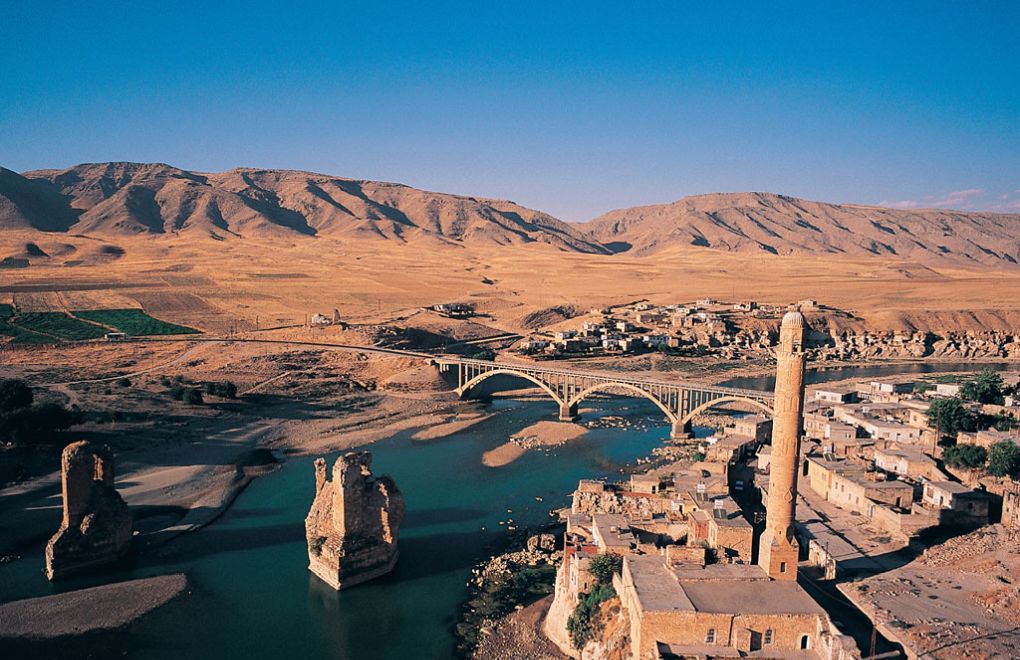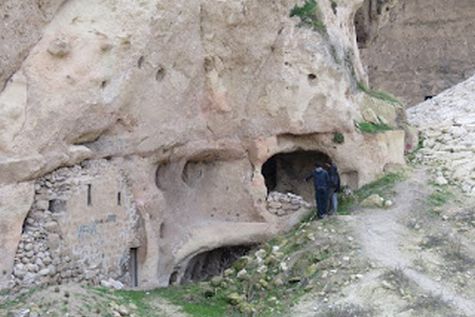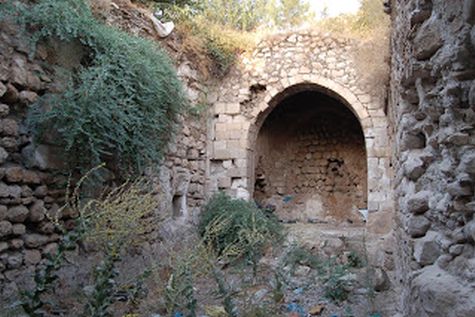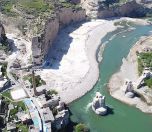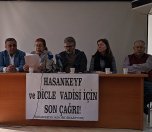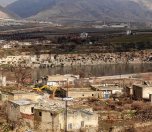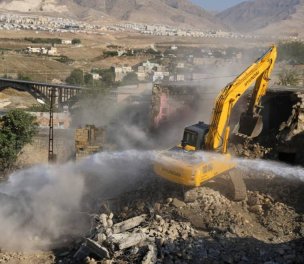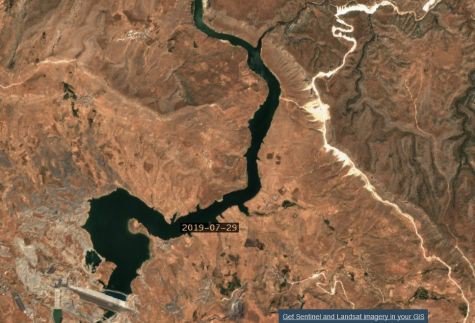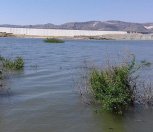* Photo: Northern Forests Defense
Click to read the article in Turkish
Seven international civil society organizations, including the Initiative to Keep Hasankeyf Alive, have addressed an open letter to the government of Turkey, the suppliers to the Ilısu Dam and Hydroelectric Power Plant Project and the Members of UNESCO's World Heritage Committee.
CLICK - bianet English News on Hasankeyf
'The silence on Hasankeyf is unaceptable'
"Excavation, documentation and conservation of cultural heritage in Hasankeyf must continue," the letter has emphasized and briefly stated:
"The continuation of archaeological excavation and conservation work would also create employment opportunities for local residents who face an extended period of economic hardship due to the COVID-19 pandemic and, in particular, its negative impact on the tourism sector.
"We also demand that all strategic partners in the Ilısu Dam project supply chain, especially the companies Andritz, Nurol, Cengizler, Er-Bu and Bresser, and the banks GarantiBBVA and Akbank, use their leverage to avert the total elimination of Hasankeyf's Christian legacy.
"Furthermore, UNESCO's silence on the Hasankeyf controversy is unacceptable. Although Hasankeyf very likely meets 9 of 10 criteria for inclusion on UNESCO's World Heritage List, the provision that only States Parties can nominate a site has kept it from being recognized for protection, despite years of pleas from civil society, municipalities and scientists.
"The Ilısu Dam project has progressed in an atmosphere of intermittent armed conflict and ongoing repression of civil rights, where affected peoples and diverse stakeholders have been repeatedly and strongly discouraged from expressing their views.
"Therefore, the flooding of Hasankeyf and the Upper Tigris basin is a violation of the basic human right to participate in the cultural life of the community, which is affirmed by the ICESCR (Article 15), as well as a violation of the Granada Convention (CETS 121, Article 14), which requires systematic and sustained consultation with the public regarding the alternation of historic buildings.
"We call upon the Members of UNESCO's World Heritage Committee to urgently create mechanisms affording diverse stakeholders (including affected peoples, civil society organizations, scholars, and others) to make their concerns known and to play a substantive role in identifying candidate sites for World Heritage listing and monitoring/managing listed sites."
The letter details Hasankeyf's history as follows:"Newly opened Hasankeyf Museum – constructed to preserve some of the artifacts salvaged from Hasankeyf and the region before flooding by Turkey's controversial Ilısu Hydroelectric Dam – presents a sweeping narrative of the region's history. The exhibit begins with the geological formation of Upper Tigris basin, continues through the appearance of organized human settlements in the Neolithic period, and culminates in the city's flourishing under Artukids, Ayyubids, and Akkoyunlus in the 12th-15th centuries CE.
Saha-Armenian Church "The museum collection is impressive not only in its historical scope, but also for the beauty of individual pieces, including rare examples of Neolithic pottery, early Islamic gravestones, and stucco reliefs in the style of the Great Seljuks. Despite its remarkable assets, however, the museum cannot disguise the fact that it is a by-product of the multi-billion-euro Ilısu Dam and Hydroelectric Power Plant project, which has brought about the destruction of natural and cultural heritage of inestimable value, denying the affected peoples their right to access their cultural heritage (guaranteed by Article 15 of the International Covenant on Economic, Social, and Cultural Rights [ICESCR]) and to be consulted systematically in projects involving the alteration of historic buildings (as enshrined in the Granada Convention, Article 14, and Turkish Approval Law No 3534).
Tareke Church "The museum, together with the reinforced Citadel Mount and the archaeological park (where seven monuments removed from the lower city now stand), constitutes the government's program to preserve the ancient city's cultural heritage. Despite its lofty ambitions, this conservation program is deeply flawed on several counts. Two of its most egregious failings are: 1) insufficient coverage of the early Islamic period and 2) the total exclusion of the long-enduring Christian element. "The museum's coverage of the early Islamic period is limited to a small number of coins and two stones engraved with an early style of Arabic calligraphy. Executed with angular letters in one example, rounded in the other, these inscriptions are two of the most intriguing and important objects in the museum, particularly as stone inscriptions from the early Islamic period are few in number. The discovery of these stones suggests that further archaeological excavation in the lower city of Hasankeyf may well yield new information about the development of Islamic civilization in Upper Mesopotamia in the 7th-9th centuries – a period of history only partially illuminated by textual sources. "Regarding the museum's coverage of Hasankeyf's Christian legacy, the display of Christian artifacts consists of five crosses from the Byzantine period, and a visitor would be forgiven for leaving the museum with the idea that the city's Christian history ended with the Islamic conquest in 640 CE. "This gap in the historical narrative advanced in the Hasankeyf Museum is unconscionable, as there is ample evidence showing that Christians and Christianity played a significant role in the city's cultural and economic life for more than 1300 years following the advent of Islam. In the 10th century, for example, Arab geographer al-Muqaddasi notes the city's numerous churches, while Ottoman records from the late 16th century indicate that of 1700 households in Hasankeyf, nearly 60 percent were Christian. "There is also significant immovable cultural heritage remaining in Hasankeyf today that attests to the historical Christian presence, including cave churches on either side of the lower city. Stone masonry structures include Tareke Church at the heart of the lower city (near the original site of Rizk Mosque), Deiriki Church (also known as the Church of the Forty Martyrs) below the southeastern corner of the Citadel, and the Monastery of Mor Aho, which was endowed by residents of the villages of Atafiye and Difne/Üçyol in the 16th century. "It is a dereliction of Turkey's duty as owner of the historic city of Hasankeyf to leave the immovable cultural heritage of the city's erstwhile Christian community undocumented and unprotected. Today, Hasankeyf residents continue to value the Christian dimension of their cultural heritage, recounting their experiences working side-by-side with Christian neighbors as they began their careers as tailors, weavers, or traders. Many note that just a few generations back their families had been Christian. And residents often share their knowledge about Hasankeyf's Christian districts, churches and monasteries. "The total erasure of the Christian legacy from the Hasankeyf landscape, whether due to neglect or otherwise, would constitute a severe and reprehensible violation of the universal human right to participate in the cultural life of the community, including access to cultural heritage. Urgent action is required to ensure that these monuments are not lost due to their express exclusion from the government's cultural heritage conservation program for Hasankeyf. The 2003 UNESCO Declaration concerning the Intentional Destruction of Cultural Heritage affirms that "cultural heritage is an important component of the cultural identity of communities, groups and individuals, and of social cohesion, so that its intentional destruction may have adverse consequences on human dignity or human rights." There is no justification for the near-total exclusion of Christianity from the museum and the adjacent collection of monuments transferred from the ancient city. "To remedy this situation, the Turkish government must, at a minimum, halt the filling of the Ilısu Reservoir (by opening the floodgates to allow a controlled flow of water) and continue archaeological excavations in order to document and preserve important aspects of Hasankeyf's cultural heritage, focusing in particular on the early Islamic period, the enduring Christian element, and the evolution of Muslim-Christian interactions from the 7th to 20th centuries." |
Signed byInitiative to Keep Hasankeyf Alive The Corner House FIVAS Association for International Water Studies Humat Dijlah (Tigris River Protectors Association) Riverwatch Save the Tigris Campaign |
(EMK/SD)




